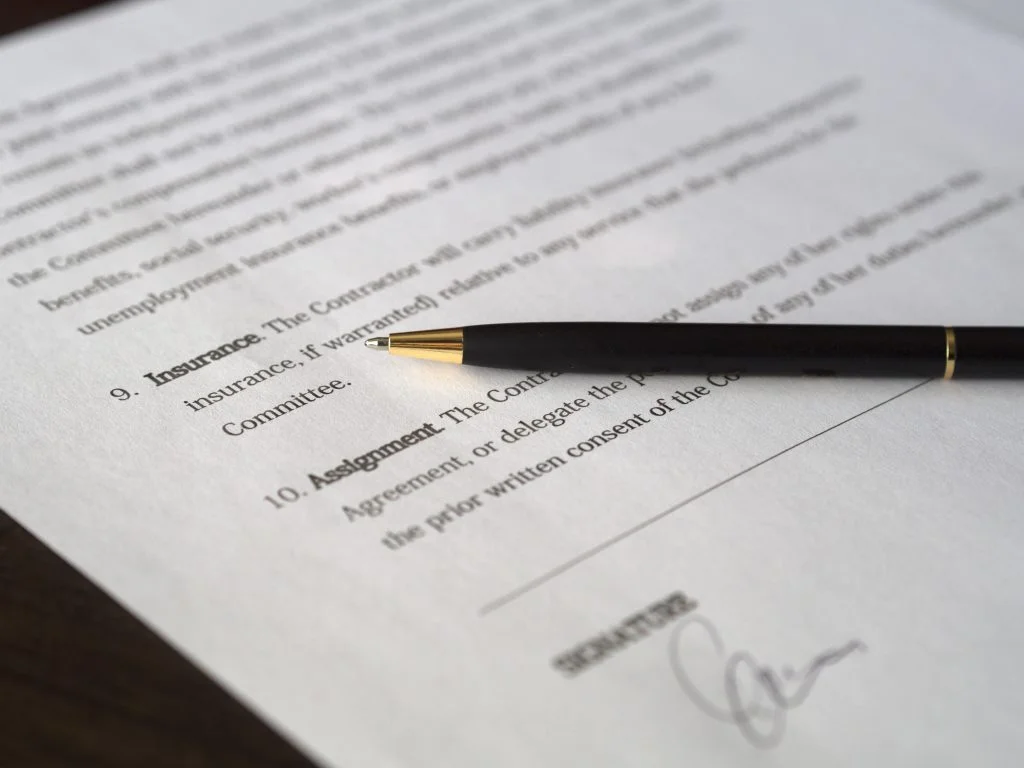Have you heard of a site plan? That’s a mandatory document you prepare when you enter into a lease. What does the legislation say? Below we gather the answers to all your questions – from content and registration to cost.
Contents
- What is a placeholder?
- What should it contain?
- Is it required by law?
- Should I register it?
- What if you disagree with the document?
- What if no document is present?
- Who gets to make up the place description?
- How much does it cost?
- Where can I find examples?
1. What is a placeholder?
A site description is a detailed description of the condition of a house or apartment at any given time. It is prepared at the start and termination of a lease. It lists the defects of a residence so that there can be no discussion about any damage caused by a tenant. The document contains a comprehensive overview of the condition of each room and the components in it (baseboards, walls, ceilings, windows, stair railings, etc.). It is customary to include photographs. Both parties must agree to the final document. Thus, it is not possible for one party to put this in order without the consent of the other party.
2. What should it contain?
- Name and contact information of the tenant and landlord.
- Date of preparation.
- Description of the different rooms: bedrooms, bathrooms, kitchens, etc.
- The condition of the house: floors, walls, ceilings, windows, doors, etc.
- List of all furniture and appliances belonging to the home and their condition.
- Photos of the rooms, furniture, appliances and specifically about defects and damage.
- Descriptions of defects and damage.

3. Is it required by law?
Yes, it is a legally required document when you (re)rent a house or apartment in Flanders. This must be in order at the start of the rental agreement. At the latest during the first month of the rental period. The tenant and landlord must draw up, date and sign this place description together. When the tenant leaves the rental property, another version is drawn up upon departure. This allows the landlord to compare the two documents and withhold (part of the) rental deposit if necessary. The document protects the tenant and landlord. Thanks to the detailed description, you avoid discussions afterwards.
4. Do I need to register it?
Yes, it is a legal requirement to register this document in Flanders. The landlord must register it, at the latest two months after signing the lease. That rental agreement must also always be registered. It is best to register these documents together. Read our article here: Register lease in 4 steps. The landlord can upload the description online via the government website. The registration is free of charge.
5. What if you disagree with the document?
Then refuse to sign the document.
- Option 1: Address the other party (tenant or landlord).
- Option 2: Send a registered letter to the other party with your comments and suggestions for changes.
- Option 3: Suggest calling on an expert.
- Option 4: Ask a justice of the peace to appoint an expert.
6. What if no document is present?
Suppose you are a tenant, no property description was made and your lease expires soon. Then you must return the property in its original condition. The landlord bears the burden of proof to prove that – in case of damage – the damage was not there at the beginning. This will be very difficult if there is no place description. In that case, e.g. photos and testimonials from neighbors count, but even then it is very difficult to prove that the damage was not present at the start of the lease.

7. Who gets to make up the place description?
A site description and inventory can be prepared either by the parties themselves or by an expert (e.g. architect, surveyor-expert). The tenant and landlord agree on this together. One often calls on an expert, as this is the least time-consuming for both parties and produces the most objective result. During the course of the lease, both the landlord and the tenant can request a new site plan, for example, after work on the residence. Thus, new elements can be included in the document. Again, both parties must agree to the renewed content of the document.
8. How much does it cost?
- If you set it up yourself, it’s free.
- If you have this done by an expert, you will pay about 300 euros for an average apartment. Prices depend on the size of the property and vary from one expert to another. Then each party pays half of the costs incurred (the expert’s fee). This is fixed by law and applies to both the place survey at the start of the lease and when the tenant leaves, as well as any additional version.
9. Where can I find examples?
The following documents will help you get started:
- Callmepower example in Word
- Family Union example in PDF
- Brussels Housing example in PDF
- Brussels Housing example in Word
- Smovin example in PDF

Sources: Advo-Recht, Dewaele & Immoweb
Would you like to cite this article as a source? Then use:
Biets, R. (2024, November 24). Place description: most frequently asked questions according to legislation. Apartment.com. Accessed on (date XX/XX/202X), from https://www.appartement.be/wat-is-een-plaatsbeschrijving/
Related articles:






